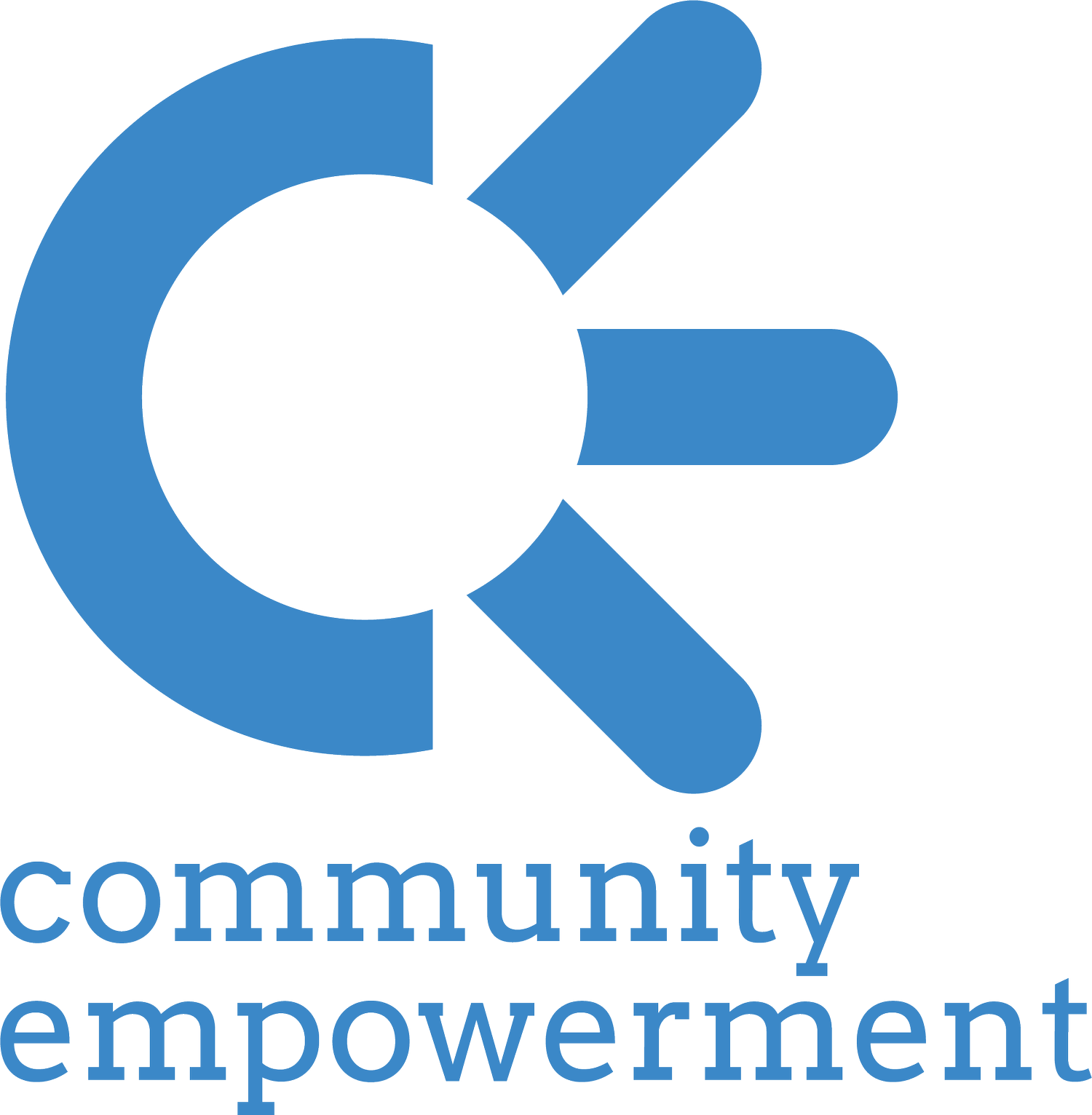Interview with a Trip Leader
An Interview with Maria Keegan
Nurse Practitioner and Trip Leader
When did you go on your first trip with Rush Global Health and Community Empowerment (CE), and where did you go?
I went on my first trip to Peralta, Dominican Republic, in November of 2014. I’ve been on eight in total.
For those that have never been, what’s Peralta like?
Beautiful. The physical beauty of Peralta is tough to describe, and if I try to wax poetic about the baby donkeys on the road or the fruit trees or the mountains, I won't do it justice. However, one thing that has really stuck out to me is the strength of the family structure in the community. It’s why, despite having very few resources, patients can return over and over, year after year. Their family members are putting their health first.
In what way do you work with CE?
I'm the Program Manager for Rush Global Health, which partners with CE. I'm the first one in this role so it’s a little bit of everything, a Jack-of-All-Trades situation, which I really enjoy. I do quite a bit of the logistics and coordination: getting teams travel-ready and making sure local CE leadership has the information they need to make the trip successful. Additionally, I teach in the Rush Summer Institute. Currently, I’m in the pilot phase for the RISE (Rush Interdisciplinary Service-learning Experience) program this fall, which I'm super excited about.
From a trip leader perspective, why is a global health experience important?
I really believe that sustainable, programmatic global health work can help shape better healthcare providers, who are more flexible in uncomfortable situations, and who understand the needs of underserved populations in a real, tangible way and who care to stay engaged with the needs of those communities.
What makes you return with CE each year?
I love that CE puts an emphasis on autonomy. Meaning, the goal is for the communities in which we work to eventually take over the clinics and projects, and manage them independently. In this way, CE is not a charity, it’s a community partner that invests in mutually beneficial relationships. We have the privilege of learning how to be better healthcare providers while working in our partner communities and in turn, we work to offer our partner communities healthcare and service that is deserving of that privilege. For me, it’s also personal. I love the communities we work in and have gotten to know the members quite well.
What work have you found the most impactful?
I have a hard time choosing between the primary care and surgical work. Because my background is medical, I tend to be drawn to that work, which largely treats chronic illnesses in the community. However, recently I joined some surgical teams and it was pretty incredible to see patients who would have either lived very uncomfortably or nearly died from a treatable condition, come out the other side of surgery with a new lease on life.
You’ve seen the work in Peralta and Jerusalem from the beginning – what moment(s) stick out the most?
I was blown away by Devin Mehta and Bobby Bacci’s Electronic Medical Record (EMR) system in Jerusalem. A few years ago, this seemed like an impossibility. Jerusalem doesn’t have electricity, let alone internet. But Devin, a physician who has stayed engaged with the Rush Global Health Program after he left to pursue a cardiology fellowship, and Bobby, who works in electronic medical records, thought outside the box to create an innovative solution. To see it emerge and become successful was inspiring. It reminds us to think outside the box with ways to improve the care we offer patients. They saw a problem, used the skills they had and came up with a patient care solution that radically changed clinic workflow for the better.
How do you see CE evolving over the years?
Like the Rush Global Health Program, I believe CE is going to continue to see tremendous growth in the coming years. Even though we’ve added several more trips a year, we haven’t met participant demand. Meanwhile, Peralta is nearly self-sufficient so we are beginning to source new communities. It’s already proven to be a replicable model in Jerusalem so now there is simply the task of finding new partner communities.


